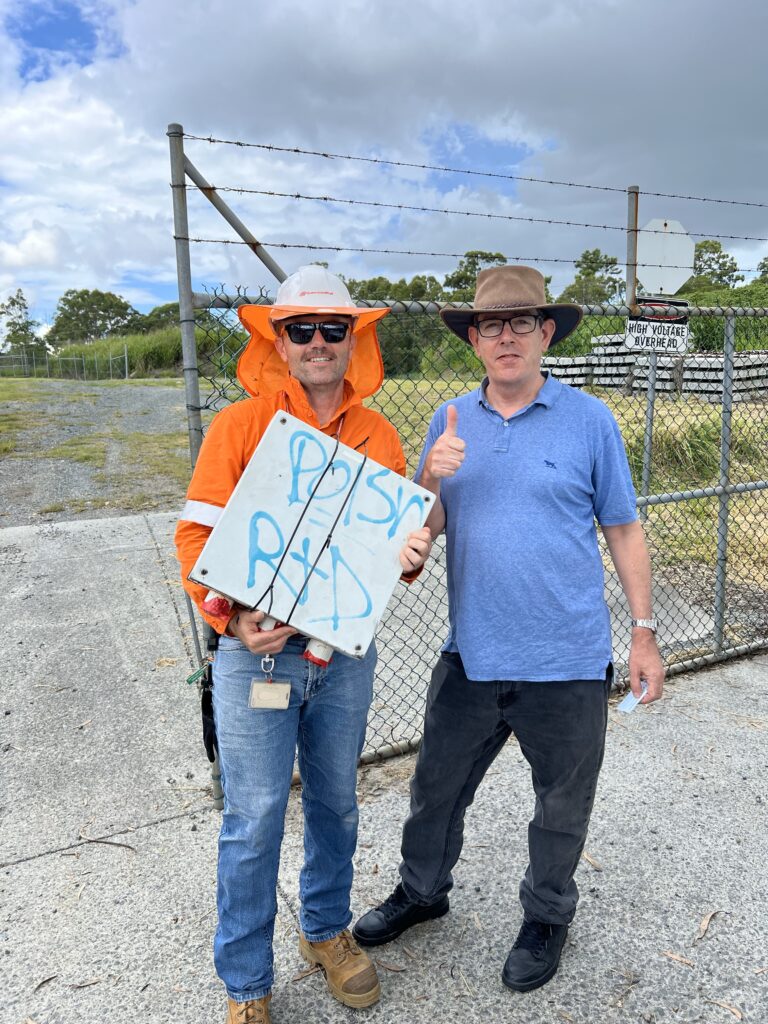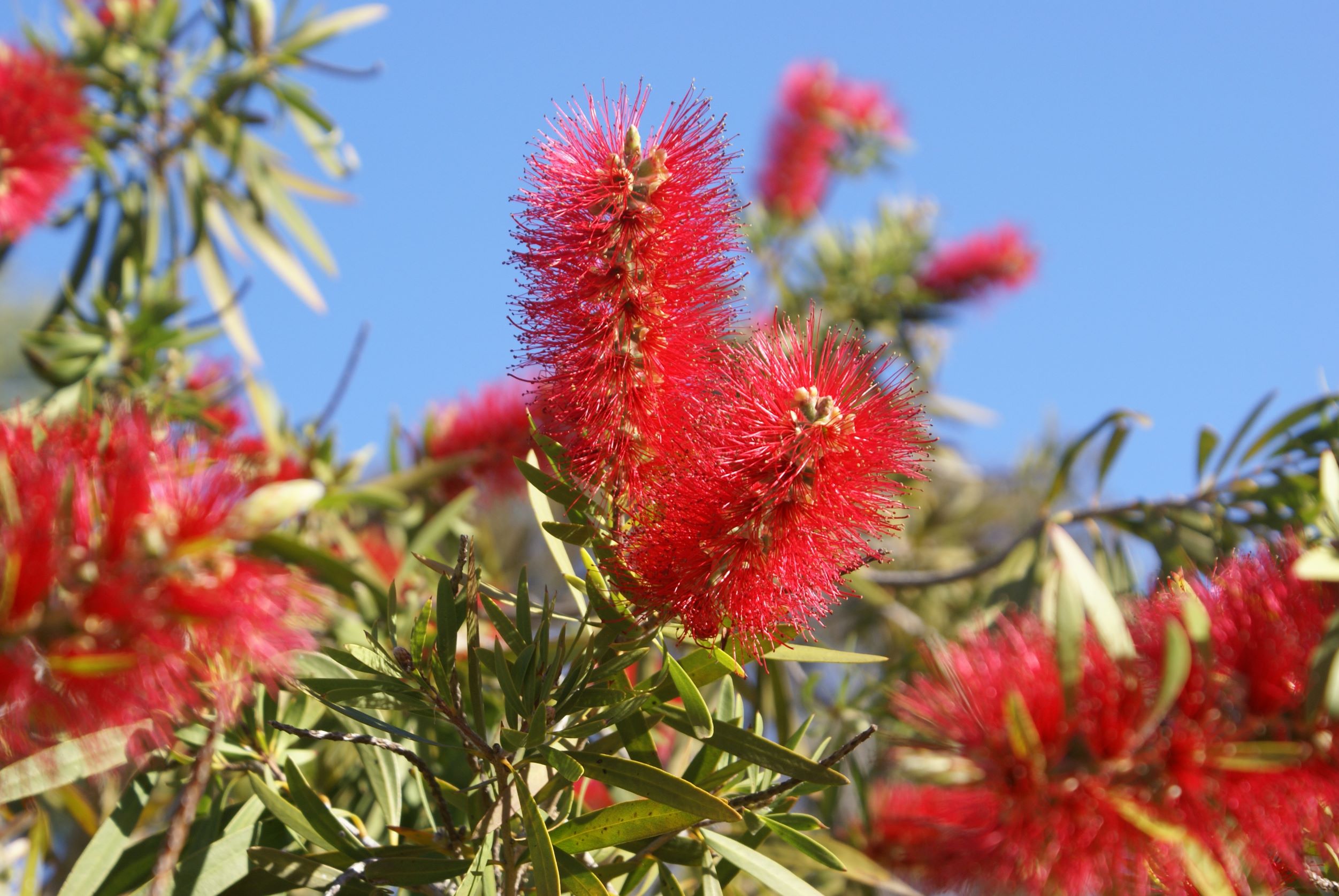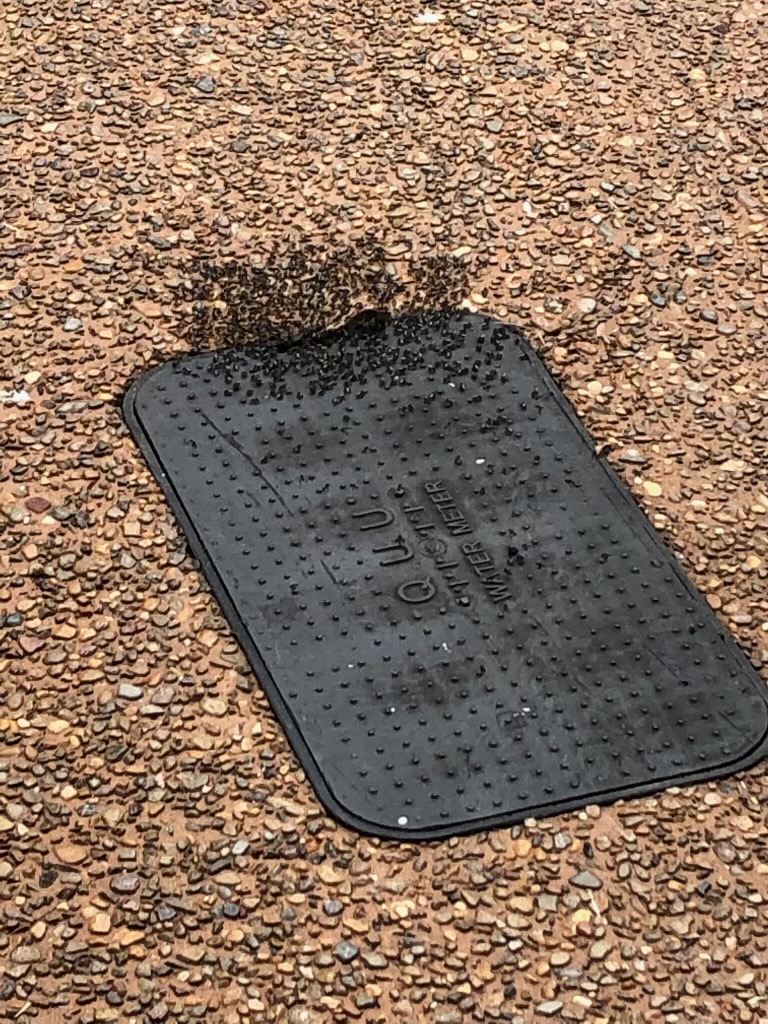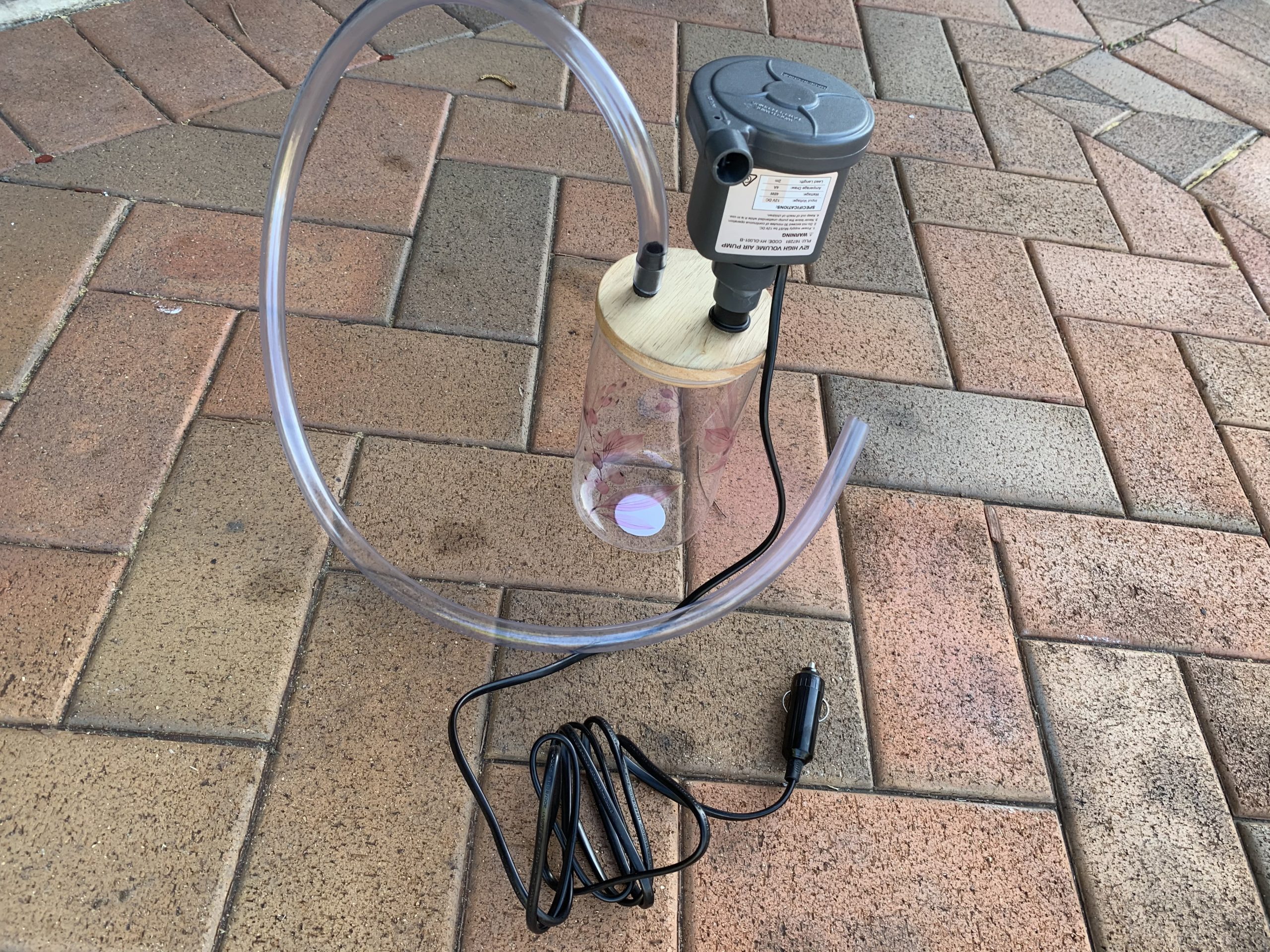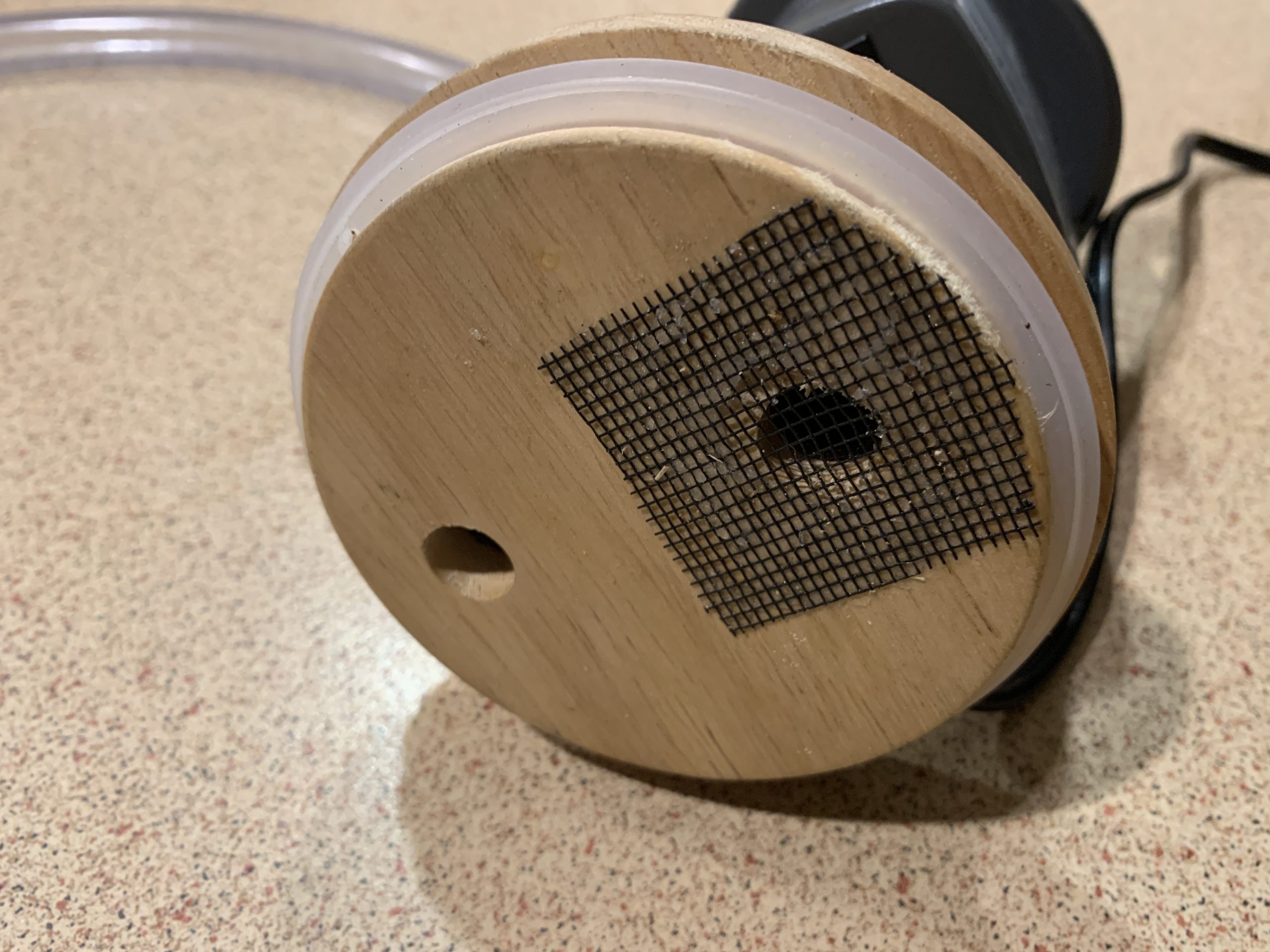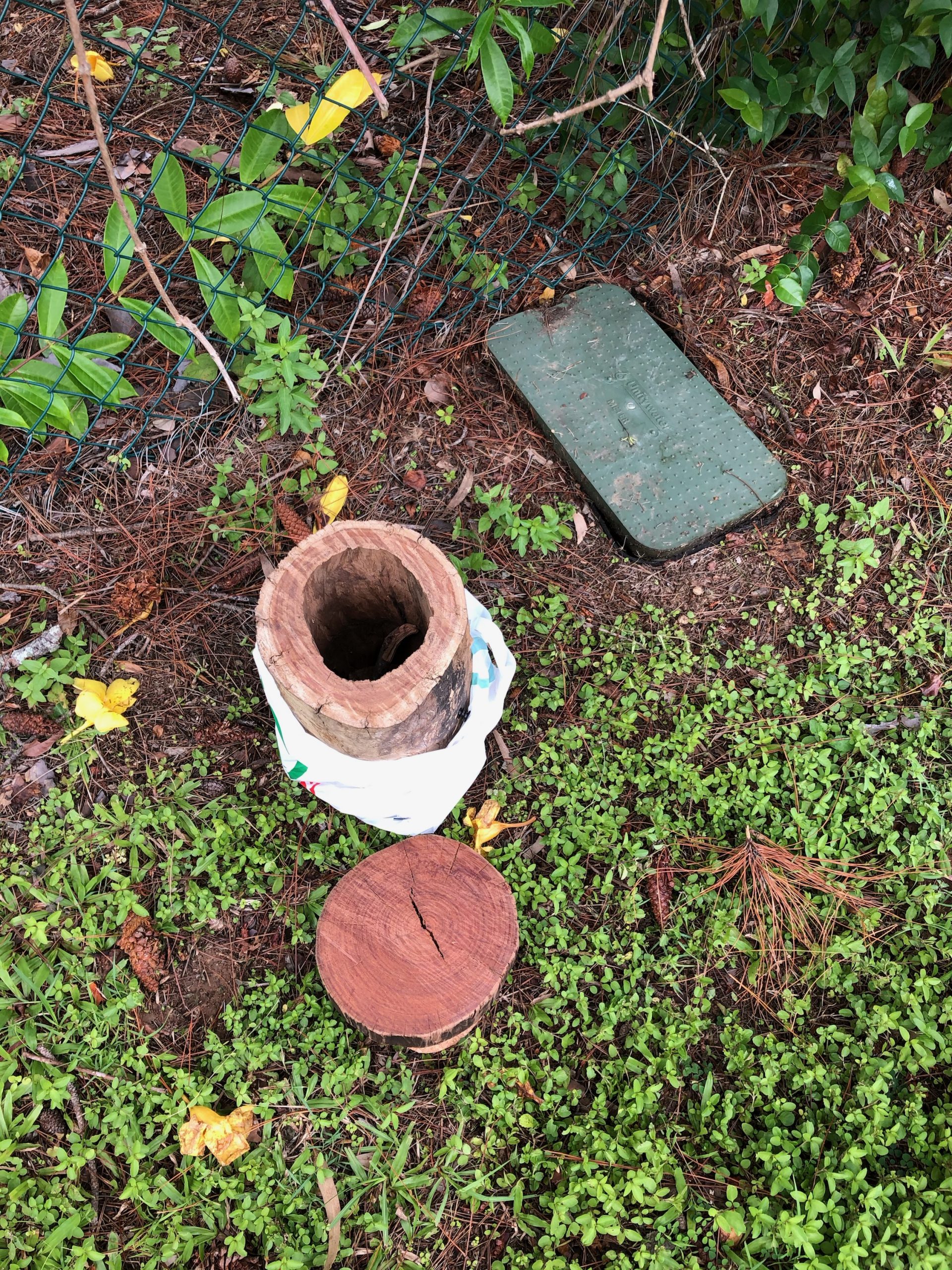Queensland Rail have been monitoring and looking after some Native Stingless bees that set up in their electricity box on a rail line in Brisbane. Recent work and upgrades by Queensland rail required removal of old infrastructure and replacement with new.
Daniel from Queensland rail who had been monitoring the Native bees was aware of how important they are to the environment so contacted Brisbane Native bees to help relocate the Native bees so as they may live safely into the future. Queensland rail went to extra efforts and steps in disconnection of power and sealing the box for transport.
This 1mm steel box was in direct sunlight to all sides and the native bees were able to insulate and protect there nest with their own wax and workings. Native bees require there nest to be at a constant even temperate and should never exceed 40 degrees. This example of Native Bees in a steel box shows how well Native Stingless bees can choose their nesting positions and maintain temperatures within their hive.
Brisbane Native bees thanks Daniel and Queensland Rail for looking after native wildlife when working on their lines. With Daniel and Queensland Rail extra efforts and care these Native bees will now be able to continue to thrive and support the environment around them.
Should you find Native Stinglees Bees in similar situation feel free to contact us.



